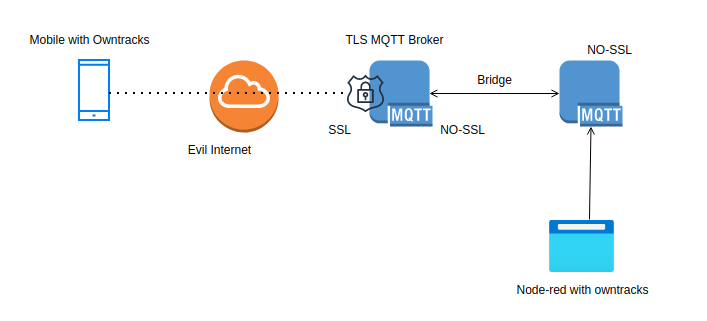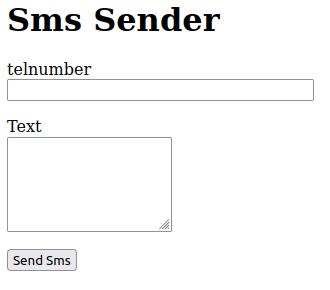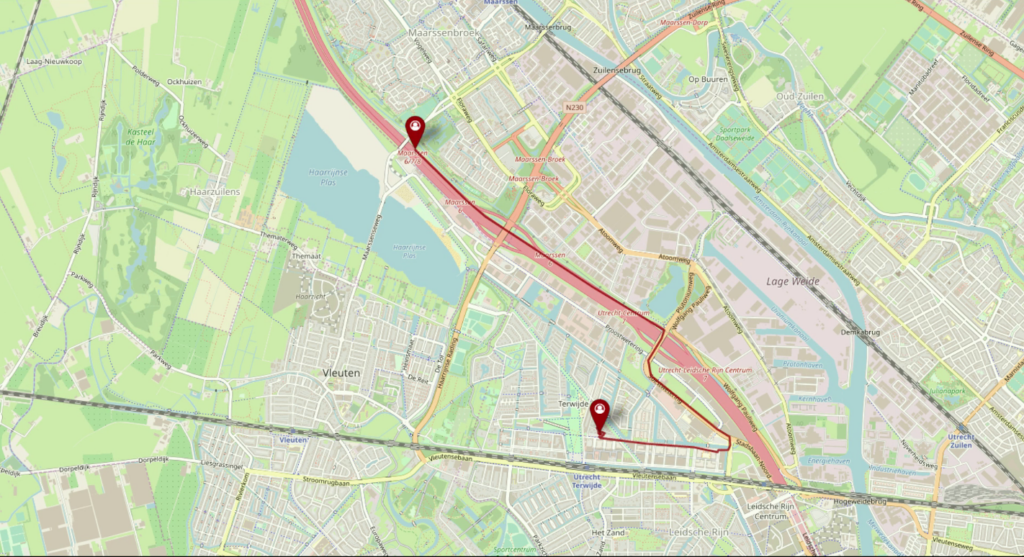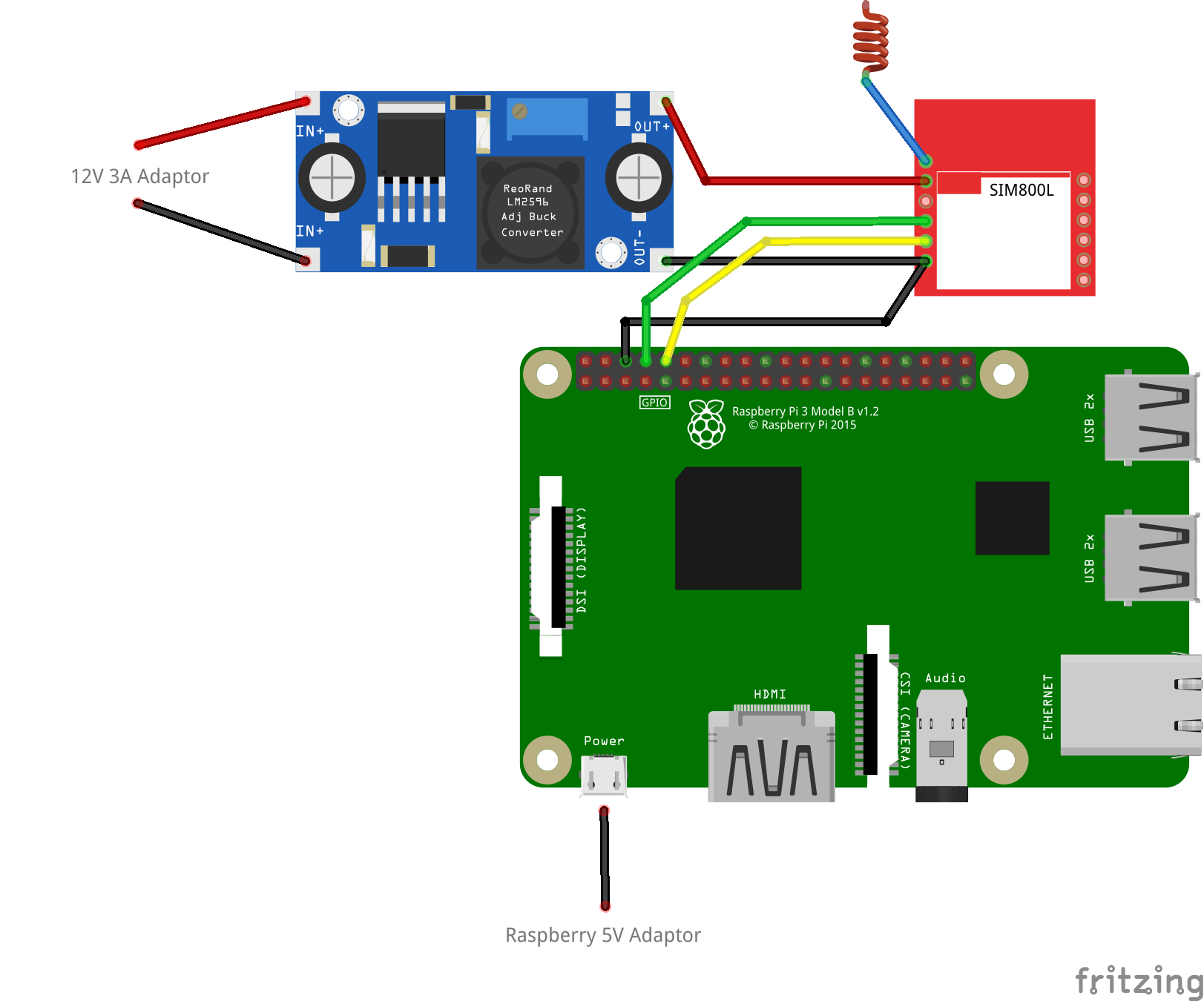Last Updated or created 2022-05-30
Monthly Archives: August 2021
Blender-ing a Tubeman
Last Updated or created 2024-01-22
Welllll .. kinda .. blender using cloth simulation.
I started using cloth simulation to get a blanket “natural/using folds, so not perfect” on a bed scene.
Very cool

Secure MQTT with bridge for owntracks
Last Updated or created 2022-03-22

A little diagram explaining what i’m using to get a secure mqtt owntracks setup. (reinstall)
Mobile connects with certificates and password to my server in DMZ using port 8883 (no sockets activated at the moment)
Mqtt server in DMZ connects via a bridge to my internal mqtt server. (Both Mosquitto)
Node-red using a worldmap plugin displays the current position of my mobile. Coordinates are stored in a InfluxDB and geolocation is being used to activate/de-activate other node-red nodes.
Start with downloading :
https://github.com/owntracks/tools/blob/master/TLS/generate-CA.sh
Get some environment stuff into place
export IPLIST="83.161.x.x 192.168.1.1 10.12.1.1"
export HOSTLIST="internalhostname.my.lab henriaanstoot.nl mqtt.henriaanstoot.nl"Generate Certificates and client certificates.
./generate-CA.sh # creates ca.crt and server.{key,crt}
./generate-CA.sh mqttserver # creates server certs
./generate-CA.sh client workstation # creates client certs
./generate-CA.sh client mobile # creates mobile certNOTE:
My workstation client is MQTT-explorer, no need to change anything
For owntracks on your mobile you need a P12 certicate, thats a combined cert+key certificate.
openssl pkcs12 -export -in mobile.crt -inkey mobile.key -out mobile.p12Check certs with
openssl x509 -noout -text -in server.crt | grep DNS:
Download p12 and ca.crt to you mobile.
MQTT-explorer, add a new connection and select workstation.crt ca.crt and workstation.key
Create a mqtt password file
mosquitto_passwd -c /etc/mosquitto/passwordfile firstuser
mosquitto_passwd -b /etc/mosquitto/passwordfile nextuserTLS mosquitto example, change where needed. (this is a multi setup, portforward ONLY 8883 to this instance)
1883 is only for internal bridge communication.
# Place your local configuration in /etc/mosquitto/conf.d/
#
# A full description of the configuration file is at
# /usr/share/doc/mosquitto/examples/mosquitto.conf.example
pid_file /var/run/mosquitto.pid
persistence true
persistence_location /var/lib/mosquitto/
# Plain MQTT protocol
listener 1883
# End of plain MQTT configuration
# MQTT over TLS/SSL
listener 8883
cafile /etc/mosquitto/certs/ca.crt
certfile /etc/mosquitto/certs/server.crt
keyfile /etc/mosquitto/certs/server.key
allow_anonymous false
password_file /etc/mosquitto/passwords
# End of MQTT over TLS/SLL configuration
listener 9001
protocol websockets
# End of plain Websockets configuration
# WebSockets over TLS/SSL
listener 9883
protocol websockets
cafile /etc/mosquitto/certs/ca.crt
certfile /etc/mosquitto/certs/server.crt
keyfile /etc/mosquitto/certs/server.key
log_dest file /var/log/mosquitto/mosquitto.log
#include_dir /etc/mosquitto/conf.d
connection bridge-01
address INTERNALIP:1883
topic owntracks/# both 0Plain internal ‘open’ mosquitto setup only needs bridge config
connection bridge-01
address TLSMOSQUITTOINSTANCE-IP:1883
topic # in 2A sms gateway
Last Updated or created 2022-04-13

Made a generic sms sender, for check_mk monitoring + sending password of accounts.
You can send sms by filling in a form, or using a url like:
http://smsgateway.local:8080/sms/0612341234/Message%20met%20spatiesIt uses a Raspberry and a sim800L module.
Remove pin from simcard fix:
sudo minicom -b 115000 -o -D /dev/serial0
AT+CPIN?
+CPIN: SIM PIN
AT+CPIN=0000
OK
AT+CLCK=”SC”,0,”0000″
OK
AT+CPIN?
+CPIN: READY
Cron
@reboot sh /home/pi/launcher.sh Launcher
cat /home/pi/launcher.sh
#!/bin/bash
cd /home/pi
while true; do
/usr/bin/python newapi.py
donenewapi.py (uses flask)
import serial
import RPi.GPIO as GPIO
import os, time
import sys
from flask import Flask, render_template, request
app = Flask(__name__)
from flask_wtf import FlaskForm
from wtforms import StringField, PasswordField, BooleanField, SubmitField, TextAreaField
from wtforms.validators import DataRequired
from flask import render_template
app.config['SECRET_KEY'] = 'you-will-never-guess'
class FormForm(FlaskForm):
telnumber = StringField('telnumber', validators=[DataRequired()])
messagepart = TextAreaField('Text', render_kw={"rows": 5, "cols": 20})
submit = SubmitField('Send Sms')
@app.route("/sms/<number>/<message>")
def action(number, message):
num = number.encode()
mes = message.encode()
GPIO.setmode(GPIO.BOARD)
# Enable Serial Communication
port = serial.Serial("/dev/serial0", baudrate=9600, timeout=1)
# Transmitting AT Commands to the Modem
# '\r\n' indicates the Enter key
port.write('AT'+'\r\n')
rcv = port.read(10)
print rcv
time.sleep(1)
#port.write('ATE0'+'\r\n') # Disable the Echo
#rcv = port.read(10)
#print rcv
#time.sleep(1)
port.write('AT+CMGF=1'+'\r\n') # Select Message format as Text mode
rcv = port.read(10)
print rcv
time.sleep(1)
port.write('AT+CNMI=2,1,0,0,0'+'\r\n') # New SMS Message Indications
rcv = port.read(10)
print rcv
time.sleep(1)
port.write('AT+CSCS="GSM"'+'\r\n')
rcv = port.read(10)
print rcv
time.sleep(1)
# Sending a message to a particular Number
port.write('AT+CMGS="'+num+'"\r\n')
rcv = port.read(10)
print rcv
time.sleep(1)
port.write(mes+'\r\n') # Message
rcv = port.read(10)
print rcv
port.write("\x1A") # Enable to send SMS
for i in range(10):
rcv = port.read(10)
print rcv
return 'OK'
@app.route("/form")
def form():
form = FormForm()
return render_template('web.html', title='Web Sms', form=form)
@app.route('/data', methods = ['POST', 'GET'])
def data():
if request.method == 'GET':
return "The URL /data is accessed directly. Try going to '/form' to submit form"
if request.method == 'POST':
telnumber = request.form['telnumber']
messagepart = request.form['messagepart']
num = telnumber.encode()
mes = messagepart.encode()
GPIO.setmode(GPIO.BOARD)
# Enable Serial Communication
port = serial.Serial("/dev/serial0", baudrate=9600, timeout=1)
# Transmitting AT Commands to the Modem
# '\r\n' indicates the Enter key
port.write('AT'+'\r\n')
rcv = port.read(10)
print rcv
time.sleep(1)
#port.write('ATE0'+'\r\n') # Disable the Echo
#rcv = port.read(10)
#print rcv
#time.sleep(1)
port.write('AT+CMGF=1'+'\r\n') # Select Message format as Text mode
rcv = port.read(10)
print rcv
time.sleep(1)
port.write('AT+CNMI=2,1,0,0,0'+'\r\n') # New SMS Message Indications
rcv = port.read(10)
print rcv
time.sleep(1)
port.write('AT+CSCS="GSM"'+'\r\n')
rcv = port.read(10)
print rcv
time.sleep(1)
# Sending a message to a particular Number
port.write('AT+CMGS="'+num+'"\r\n')
rcv = port.read(10)
print rcv
time.sleep(1)
port.write(mes+'\r\n') # Message
rcv = port.read(10)
print rcv
port.write("\x1A") # Enable to send SMS
for i in range(10):
rcv = port.read(10)
print rcv
return '<a href="/form">Nog een SMS sturen</a>'
@app.route("/checkmk")
def checkmk():
# Enable Serial Communication
port = serial.Serial("/dev/serial0", baudrate=9600, timeout=1)
port.write('AT'+'\r\n')
rcv1 = port.read(30)
time.sleep(1)
port.write('AT+CPAS'+'\r\n')
rcv2 = port.read(30)
time.sleep(1)
port.write('AT+CGREG?'+'\r\n')
rcv3 = port.read(30)
time.sleep(1)
port.write('AT+CGATT?'+'\r\n')
rcv4 = port.read(30)
time.sleep(1)
port.write('AT+CSQ'+'\r\n')
rcv5 = port.read(30)
time.sleep(1)
return 'OK of niet' + rcv1 + rcv2 + rcv3 + rcv4 + rcv5
if __name__ == "__main__":
app.run(host='0.0.0.0', port=8080, debug=True)



